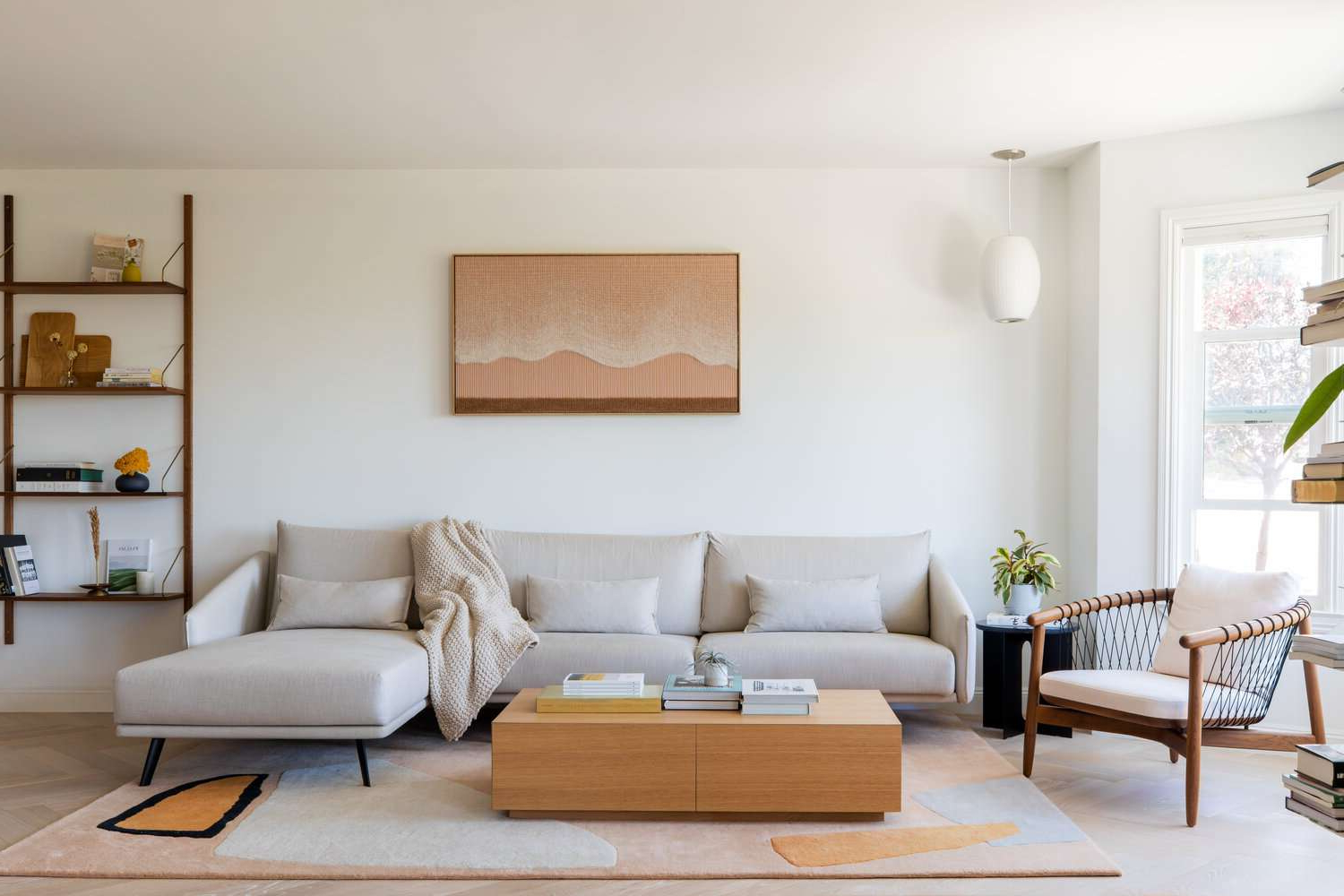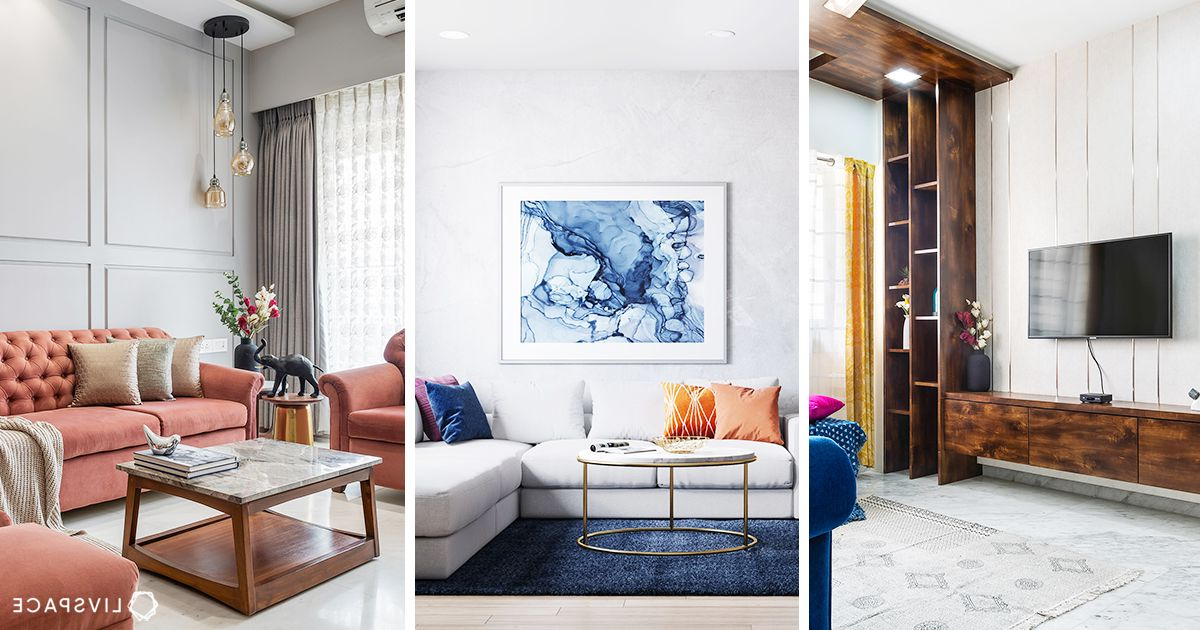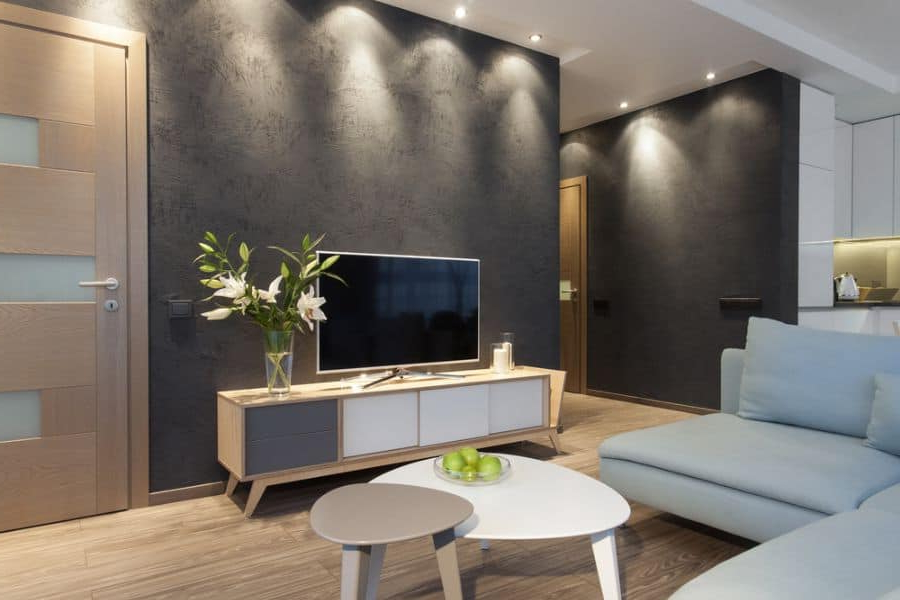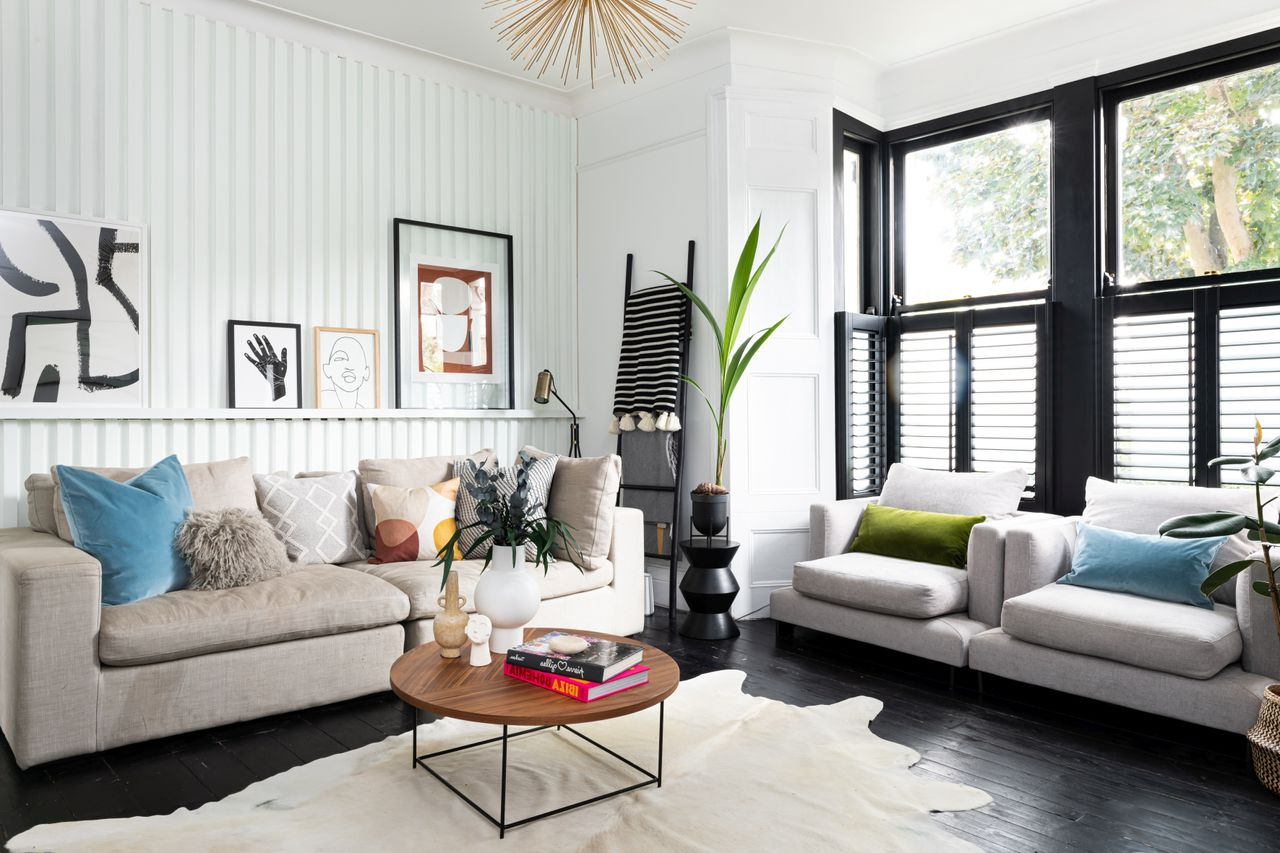Have you ever walked into a room and instantly felt like you were in a different place? That’s the power of smart design choices. When you’re working with limited square footage, the right combination of colors and light can completely change how a space feels. It’s not just about buying bigger furniture or moving walls – it’s about creating an illusion that makes everything seem more spacious.
Small living rooms can be some of the most challenging spaces to design. They often feel cramped, confined, and maybe even a bit claustrophobic. But here’s the secret that many designers know: it’s not about the actual size of the room that matters – it’s about how you make it feel. Through careful selection of colors and lighting, you can create an environment that feels much larger than its physical dimensions suggest. This isn’t about trickery or deception – it’s about understanding how our eyes and brains process visual information. The goal is to make your space breathe, to give it airiness and openness. Think of it as giving your room a sense of freedom, even when it’s literally boxed in by walls.
The Power of Light: Your Best Tool for Expansion
Lighting is perhaps the most powerful weapon in your arsenal for making small spaces feel larger. Natural light is the gold standard, but artificial lighting can work wonders too. When you have plenty of light, shadows become subtle rather than dramatic, and your eyes can easily trace the edges of furniture and walls. This helps create a sense of continuity that makes spaces feel bigger. Consider adding multiple light sources throughout the room – table lamps, floor lamps, wall sconces, and ceiling fixtures. The key is layering these lights so they complement each other rather than competing. For example, you might have bright overhead lighting for general tasks, softer ambient lighting for relaxing, and focused task lighting for reading. The contrast between these different types of light creates depth and dimension, making your room feel less flat and more expansive.
Choosing the Right Colors for Visual Expansion
Colors have a tremendous impact on how we perceive space. Light, neutral colors such as white, cream, and pale gray reflect light back into the room, making it feel brighter and more open. These hues work particularly well on walls and large furniture pieces. You can add interest through texture and pattern in smaller elements like throw pillows, artwork, or rugs. Dark colors, while beautiful, tend to absorb light and make spaces feel smaller and more intimate. If you want to incorporate darker tones, use them strategically – perhaps as an accent wall behind a sofa or in a small area like a bookshelf. The trick is to balance them with lighter tones. A good rule of thumb is to keep your main walls in lighter shades, and save bolder colors for accessories or smaller features. This creates a visual flow that draws the eye around the room, making it feel larger than it actually is.
Strategic Mirror Placement
Mirrors are one of the most effective tools for making small rooms feel larger. They work by reflecting light and creating the illusion of depth. Place mirrors opposite windows to bounce natural light around the room, or position them across from light sources to amplify their effect. A large mirror on the wall can make a tiny room feel twice its size. But mirrors aren’t just about size – they’re also about placement. Position them so they reflect interesting architectural details or views outside the room. This adds visual interest and makes the space feel more dynamic. Consider using mirrors with frames that match your existing decor, or go for simple rectangular shapes that won’t compete with other design elements. The key is to make the mirror look like it belongs in the room, not like an afterthought.
Creating Visual Continuity
One of the biggest mistakes people make with small spaces is creating visual barriers that break up the room’s flow. When you have a long hallway leading to a small living room, for instance, you might feel like you’re entering a confined space. Instead, try to create a sense of continuity from one area to another. This can be achieved by using similar colors and materials throughout connected spaces. For example, if you have a dining area that flows into a living room, use the same flooring material or paint color in both areas. This makes the transition seamless and helps your brain perceive the entire area as one unified space. Furniture placement also plays a role – avoid placing large pieces in ways that block sight lines or create awkward corners. Keep pathways clear and allow the eye to move freely through the space.
Smart Furniture Selection
Furniture choice can make or break the feeling of spaciousness in a small room. The key is to choose pieces that are proportionate to your space. Oversized furniture can overwhelm a small room and make it feel cramped. Instead, opt for smaller-scale pieces that fit comfortably within the space. Low-profile furniture, such as sleek coffee tables and slender side chairs, can help maintain an open feeling. Multi-functional furniture is also incredibly useful – think of ottomans that double as storage, or coffee tables with built-in shelving. Vertical storage solutions like tall bookcases or wall-mounted shelves can draw the eye upward, creating the illusion of height. The goal is to maximize functionality while minimizing visual bulk. Every piece of furniture should serve a purpose and contribute to the overall feeling of openness.
Playing with Patterns and Textures
While light colors and simple patterns are generally recommended for small spaces, don’t shy away from adding texture and pattern in subtle ways. The key is balance. A room that’s all one color and texture can feel flat and boring. But a room overloaded with patterns and textures can feel chaotic and overwhelming. Consider using a single pattern in varying sizes and scales – perhaps a small geometric print on throw pillows and a larger floral pattern on a rug. This creates visual interest without breaking the flow. Texture works differently than pattern – it adds dimension and warmth to a space. Soft fabrics like velvet or linen can make surfaces feel more substantial while still maintaining an airy appearance. Natural materials like wood or stone bring organic elements that help ground the space and make it feel more lived-in and comfortable.
Lighting Techniques That Work Wonders
Beyond just turning lights on, there are specific lighting techniques that can dramatically improve the perception of space. Layered lighting is crucial – having ambient, task, and accent lighting all working together creates a rich visual experience. Ambient lighting provides overall illumination, task lighting focuses on specific activities, and accent lighting highlights interesting features. Dimmer switches are invaluable because they let you adjust the mood throughout the day. A bright, harsh light during the morning can make everything feel stark and uninviting, but dimming it in the evening creates a cozy atmosphere. Consider adding LED strips under cabinets or along baseboards to add gentle light that helps define spaces without being overwhelming. Smart lighting systems that can change color temperature throughout the day can also help create a more dynamic environment that feels more natural and comfortable.
The Importance of Clean Lines
When it comes to small spaces, simplicity wins every time. Clean lines in furniture, architectural elements, and even decorative items contribute to the feeling of openness. Avoid ornate details and busy designs that can make a room feel cluttered and heavy. Simple, straight lines create a sense of order and calm that allows the eye to rest. This doesn’t mean your room has to look sterile or boring – it just means choosing elements that are visually clean and purposeful. For example, a simple, straight-backed chair will feel less imposing than one with intricate carved details. Similarly, a clean-lined console table won’t compete with the visual space of a room the way a heavily decorated piece might. The principle extends to window treatments too – simple, clean curtains or blinds are more effective than elaborate draperies that take up visual space.
Making the Most of Vertical Space
In small rooms, you’re essentially fighting against gravity – everything wants to crowd down toward the floor. To counteract this, make use of vertical space to create the illusion of height. Tall, narrow furniture pieces can draw the eye upward and make ceilings feel higher. Wall-mounted shelves, tall bookcases, or even tall plants can create a sense of vertical movement. This technique works especially well when combined with light colors on walls, as the combination makes the entire space feel more open. Consider installing floating shelves at different heights to create layers of visual interest without taking up floor space. You can also use vertical stripes on walls or bedding to create a sense of upward motion. The goal is to encourage the eye to travel from floor to ceiling, which naturally makes the room feel more spacious.
Practical Tips for Immediate Results
Some changes can be made quickly and cheaply to immediately improve the feel of your small space. Start by decluttering – removing unnecessary items creates breathing room and reduces visual clutter. Clean your windows thoroughly to let in maximum natural light. Add a few strategic mirrors – even a simple one on the wall can make a big difference. Choose light-colored bedding and throw pillows that complement your walls. Install dimmer switches to control the ambiance. Consider painting one accent wall in a light color to create a focal point that draws attention upward. Small changes like these can transform how your space feels almost instantly. Sometimes the best design solutions are the simplest ones.
Making a small living room feel larger isn’t about magic or expensive renovations – it’s about understanding how our visual system works and using that knowledge to your advantage. By combining thoughtful lighting choices, strategic color selection, clever furniture placement, and smart use of mirrors and vertical space, you can create an environment that feels far more spacious than its actual dimensions suggest. The key is to approach the space with intentionality – every element should contribute to the overall feeling of openness and airiness. Remember, small doesn’t have to mean cramped. With the right approach, even the tiniest room can feel like a grand space that invites you to relax and enjoy yourself. The goal isn’t to hide the fact that your room is small – it’s to celebrate the unique qualities of your space while maximizing its potential for comfort and beauty.















